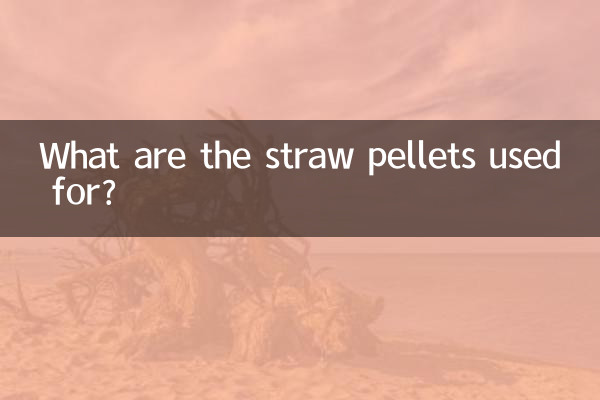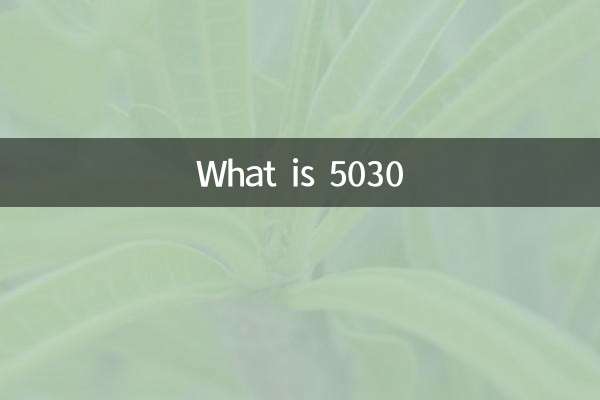What are the uses of straw pellets? Revealing the diverse application of new environmentally friendly materials
In recent years, with the improvement of environmental awareness and the popularization of sustainable development concepts, straw pellets, as a green renewable resource, have received widespread attention. This article will combine popular topics and hot contents on the entire network for the past 10 days to analyze the uses, advantages and market prospects of straw particles in detail.
1. Basic concepts of straw particles

Straw particles are granular fuel or materials made from crop straw (such as corn straw, wheat straw, rice straw, etc.) as raw materials and are made through crushing, compression, molding and other processes. It has the characteristics of high density, high combustion efficiency and convenient transportation, and is one of the ideal choices to replace traditional fossil energy.
2. The main uses of straw pellets
The application fields of straw pellets are very wide, and the following is a summary of their main uses:
| Use classification | Specific application | Advantages |
|---|---|---|
| Energy sector | Biomass fuel, power generation, heating | High combustion efficiency and reduce carbon emissions |
| Agricultural field | Organic fertilizers, feed additives | Improve soil structure and promote crop growth |
| Industrial field | Plate manufacturing, packaging materials | Low cost, degradable |
| Environmental protection field | Sewage treatment, adsorbent materials | Strong adsorption, environmentally friendly and harmless |
3. Market prospects of straw pellets
With the increasing global demand for clean energy and environmentally friendly materials, the market potential of straw pellets is huge. The following are recent market data:
| area | Market Size (2023) | Growth rate (expected in 2024) |
|---|---|---|
| Europe | $5 billion | 8% |
| North America | $3.5 billion | 10% |
| Asia | $2.5 billion | 15% |
4. Environmental protection advantages of straw pellets
The promotion and use of straw particles can not only reduce environmental pollution caused by the burning of crop straw, but also effectively reduce greenhouse gas emissions. The following are the specific manifestations of its environmental advantages:
1.Reduce carbon emissions: The amount of carbon dioxide released when the straw pellets are burned is basically the same as the amount of carbon dioxide absorbed during plant growth, and is a carbon neutral energy source.
2.Resource reuse: Convert discarded straw into high-value-added products, realizing the recycling of resources.
3.Improve air quality: Compared with traditional coal-fired coal, the combustion of straw particles produces very few sulfur oxides and nitrogen oxides, which has a less impact on air quality.
5. Production technology of straw pellets
The production of straw pellets mainly includes the following steps:
1.Raw material collection: Collect crop straw and initially process it.
2.Crush: Crush the straw to a particle size suitable for compression.
3.dry: Reduce the moisture content of straw and improve the molding effect.
4.Compression forming: The crushed straw is compressed into particles by high pressure.
5.Cooling packaging: Cool and package the finished product for easy storage and transportation.
6. The development challenges of straw pellets
Although straw pellets have many advantages, their development still faces some challenges:
1.Technical bottleneck: The production process in some areas is not yet mature, resulting in unstable particle quality.
2.Cost issues: The initial investment is large and the recovery cycle is long.
3.Insufficient policy support: Some regions lack support policies for the straw pellet industry.
7. Future prospects
With the advancement of technology and the improvement of policies, the application scope of straw pellets will be further expanded. In the future, straw pellets are expected to play a greater role in energy, agriculture, industry and other fields, and make important contributions to global sustainable development.
As a new environmentally friendly material, straw pellets are attracting more and more attention. I hope that through the introduction of this article, you can better understand the value and prospects of straw particles.

check the details

check the details